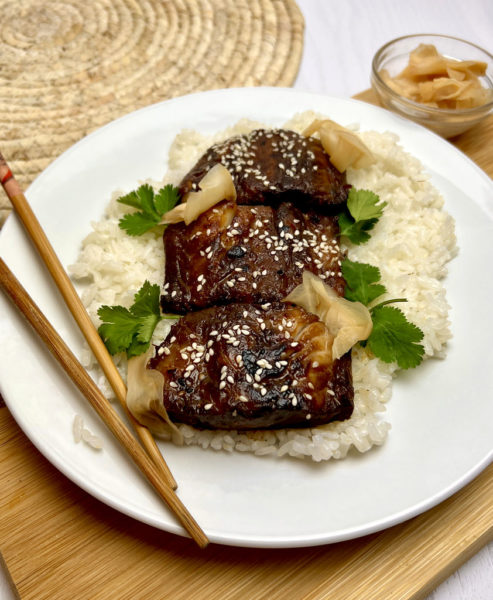
Fried Miso-Marinated Cod Recipe
Course: JapaneseDifficulty: MediumServings
4
servingsPrep time
24
hoursCooking time
10
minutesCalories per serving
200
kcalThis recipe makes use of both sake and miso for a sweet, salty and savory dish that is great for the summer or spring.
Japanese cooking is as much a philosophy as it is a way of cooking. Five principles of five encapsulate the spirit of Japanese cooking. The first principle is five colors, or “go shiki.” The five colors are white, red, yellow, green and a dark color such as black, brown or purple. Every meal should have these colors.
The second principle is five tastes, which are salty, sour, sweet, bitter and “umami,” which is the Japanese word for a savory taste. There are five cooking methods of simmering, grilling, steaming, frying and cooked salads. Every meal should stimulate the five senses. The last principle is the five outlooks of partaking in food. This principle comes from Buddhism and dictates respect for those who prepared the food, doing good deeds to deserve the food, being peaceful at the table, eating food for spiritual and physical nourishment, and being earnest in pursuing enlightenment.
In other words, Japanese cooking is serious business, and Japanese recipes reflect this in their balance and simplicity. There are several characteristic ingredients in Japanese recipes that give them their distinct flavors.
Sake is an alcohol made from rice and brewed like beer. The distinctive mineral taste is used in soups and marinades. Mirin is another commonly used cooking alcohol. It is essentially sweet sake and is a primary ingredient in teriyaki sauce.
Miso is fermented soy bean paste and is used in a variety of dishes. It is the main ingredient for miso soup, along with tofu and seaweed.
Japanese cooking is as much a philosophy as it is a way of cooking. Five principles of five encapsulate the spirit of Japanese cooking. The first principle is five colors, or “go shiki.” The five colors are white, red, yellow, green and a dark color such as black, brown or purple. Every meal should have these colors.
The second principle is five tastes, which are salty, sour, sweet, bitter and “umami,” which is the Japanese word for a savory taste. There are five cooking methods of simmering, grilling, steaming, frying and cooked salads. Every meal should stimulate the five senses. The last principle is the five outlooks of partaking in food. This principle comes from Buddhism and dictates respect for those who prepared the food, doing good deeds to deserve the food, being peaceful at the table, eating food for spiritual and physical nourishment, and being earnest in pursuing enlightenment.
In other words, Japanese cooking is serious business, and Japanese recipes reflect this in their balance and simplicity. There are several characteristic ingredients in Japanese recipes that give them their distinct flavors.
Sake is an alcohol made from rice and brewed like beer. The distinctive mineral taste is used in soups and marinades. Mirin is another commonly used cooking alcohol. It is essentially sweet sake and is a primary ingredient in teriyaki sauce.
Miso is fermented soy bean paste and is used in a variety of dishes. It is the main ingredient for miso soup, along with tofu and seaweed.
Ingredients
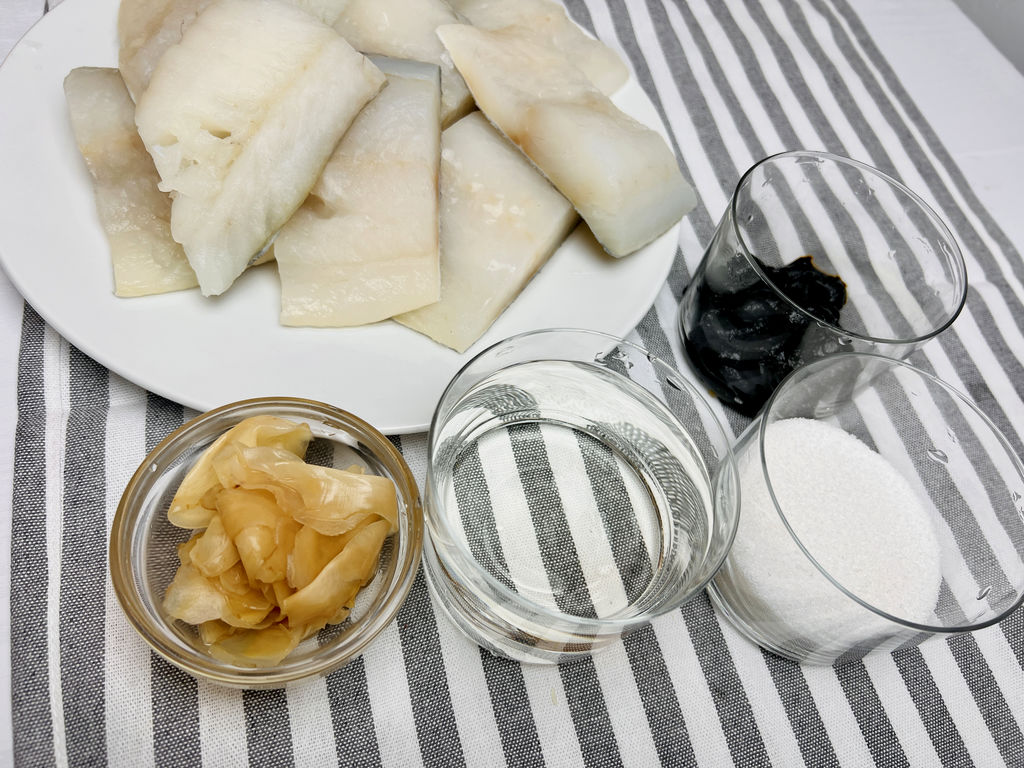
4 cod fillets
4 tsp sushi ginger
1 cup sake
1/2 cup sugar
3/4 cup light miso paste
Directions
- To make the sweet miso marinade, pour the sake into a saucepan and bring to a boil over medium heat to burn off the alcohol. Boil for a few minutes, then turn off the heat. Add sugar and stir to dissolve completely. Add the miso paste and stir to combine. Set aside to cool.
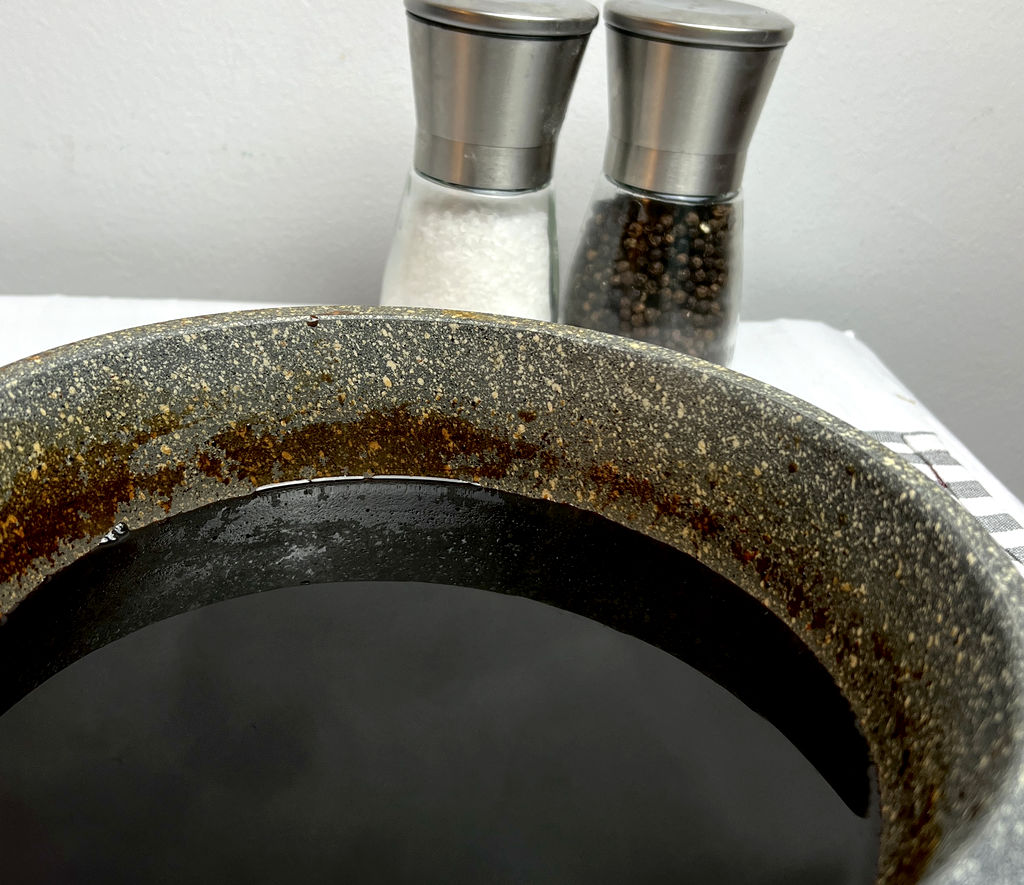
- Upon cooling, transfer the miso marinade to a flat-bottomed food container and place the fish fillets in the middle. Cover with a lid and place in the fridge overnight.
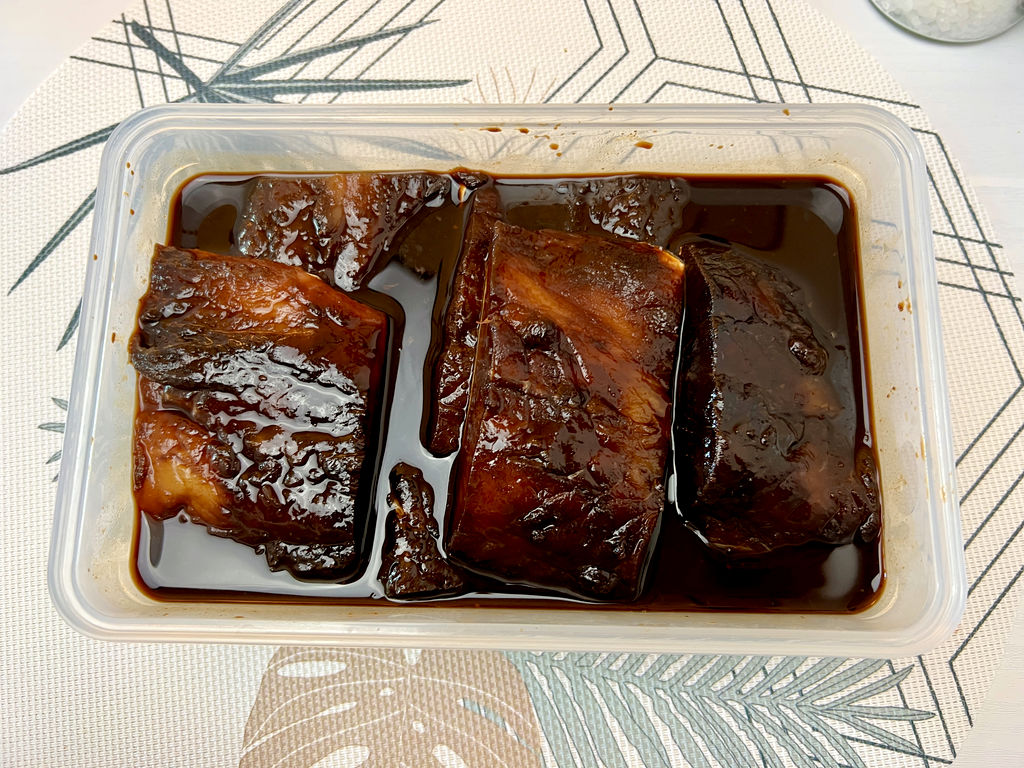
- Line the bottom of the pan with parchment paper to prevent the fish from burning and the oil from splattering. Fry for 5 minutes on each side
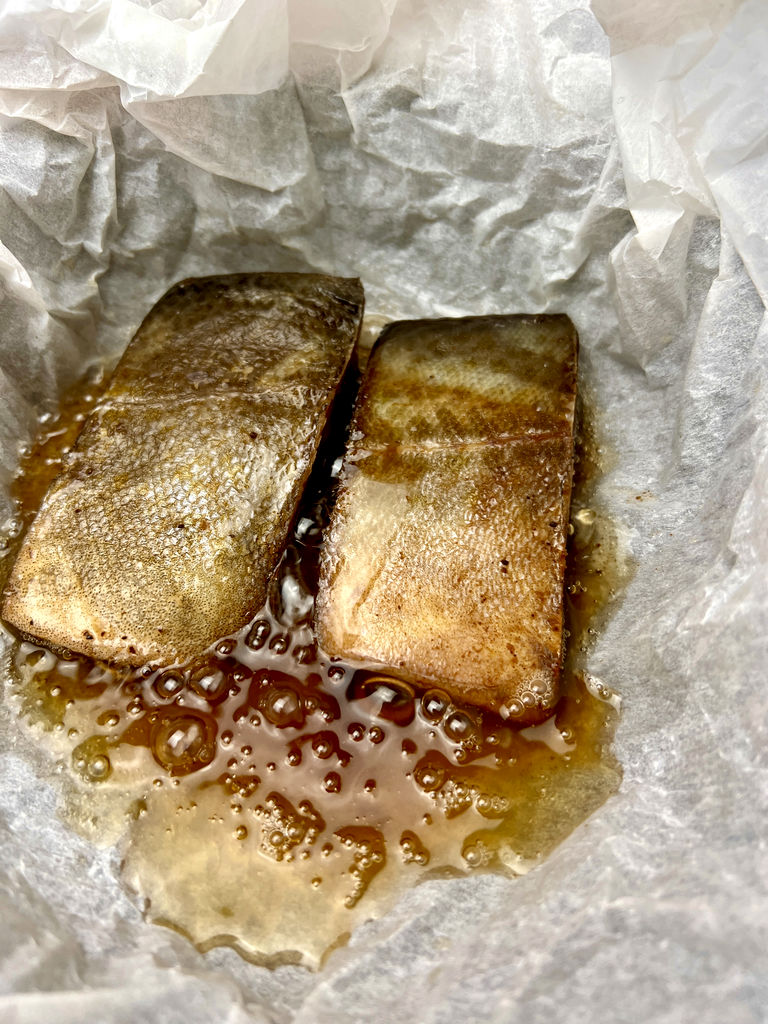
- Garnish with sushi ginger and serve with a side of warm sticky rice and your favorite lightly sautéed or steamed vegetable.



